Part I:
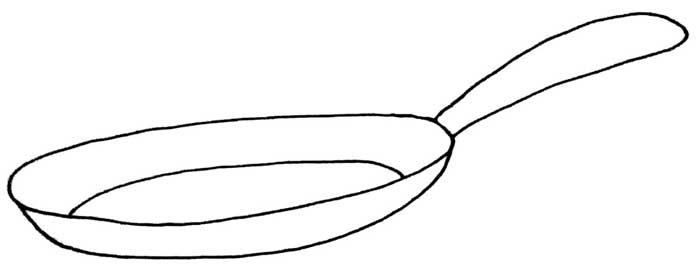
Lesson 13: How to Use a Saute Pan
For me, the sauté pan is an indispensable cooking utensil. You can prepare virtually anything in it. Sauté pans come in many sizes and shapes. Sauté pans are also known as skillets or frying pans. But for our purposes, we will call them sauté pans.
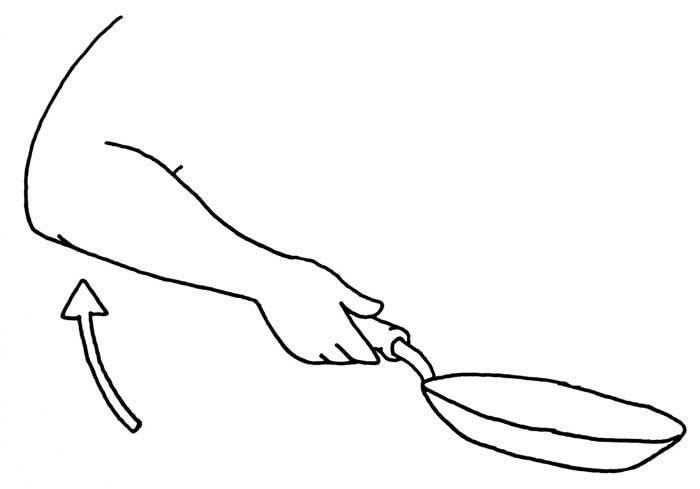
Lesson 14: How to Stir Fry
A stir fry is probably the easiest form of cooking that one can begin with. They are technically unchallenging, incredibly forgiving, and are very easy to make changes to as you cook. As the name suggests, you physically stir the ingredients in the pan as they are being fried by a light amount of oil. This constant movement allows the ingredients to heat evenly, brown on all surfaces, and keeps the food from burning because of an even distribution of heat.
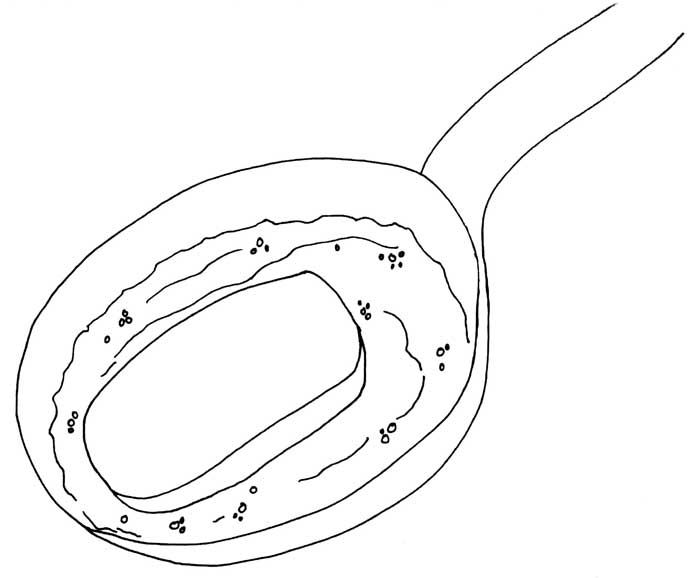
Lesson 15: How to Pan Fry
Pan frying is more similar to deep fat frying than it is to sautéing or stir frying. A pan fry is where you cook food in at least ½” of oil. Th is oil typically covers about half of the food you are cooking. If the food is completely submerged in oil, it becomes a deep fat fry. I typically pan fry chicken fingers, breaded pork chops, and other foods that I want to fry quickly without the hassle of storing a gallon of used cooking oil. Never fill your pan more than half way with cooking oil.
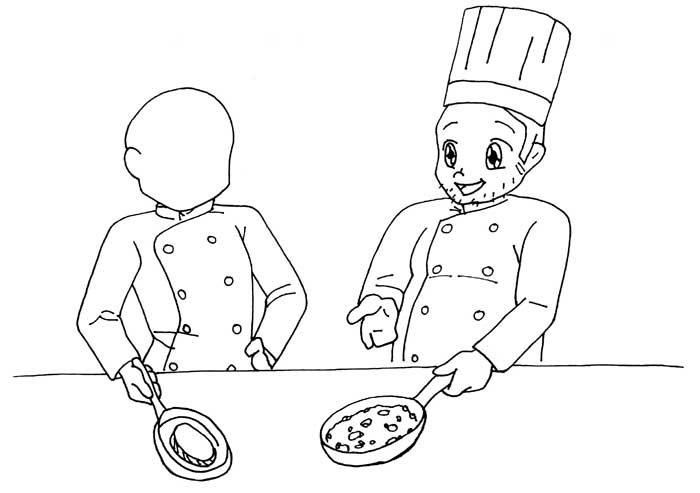
Lesson 16: How to Saute
Sautéing is probably the most widely referenced, but improperly labeled cooking technique. When people say that something is sautéed, they actually mean that it has been pan fried or stir fried. But the common phrase that people understand is to refer to this food item as having been sautéed. By definition, a sauté is where you have a thinly sliced item that you cook in a sauté pan with a minimal amount of oil over medium-high to high heat and you flip the item no more than twice. If you add additional oil to the pan, you are now pan frying. If you do not add additional oil, but jostle and move the ingredients rapidly and often, you are stir frying. Sound confusing? It really isn’t.
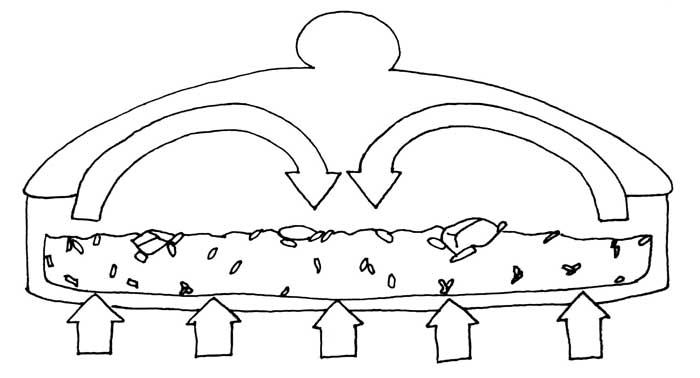
Lesson 17: How to Quick Stew
A quick stew is a combination cooking method. Very simply, a quick stew occurs over medium to high heat any time you place a lid on a pot or pan. Specifically for our purposes, a quick stew occurs as soon as a lid is placed over a sauté pan.

Lesson 18: How to Make a Quick Sauce
The sauté pan is actually where I create most of my sauces. Most people cook their sauces in a sauce pan. I do not because the wider and shallow shape of a sauté pan increases heat distribution and promotes quicker evaporation of water vapor. This builds bigger, bolder flavors quickly. In my experience, waiting 4 hours for a sauce to finish is simply unacceptable. Using this method, I can create a quick from scratch red sauce in 45 minutes or less. Because a sauté pan is so versatile, you may cook up your sauce bases and then bring them into fullness very quickly and easily inside of a sauté pan.
Part II:

Lesson 19: How to Use a Spaghetti Pot
Now that we have completely covered the sauté pan. Let’s move to the second most useful tool in the beginner cooks arsenal. Th is, of course, is the stock pot. It is also more commonly known as the spaghetti pot. A spaghetti pot is typically between 1 ½ and 2 gallons in volume. Most commonly, these large pots are used to make one of America’s favorite foods, spaghetti. Thanks Italians! But the versatility of this large pot is not limited solely to spaghetti. You can use this pot to easily create soups, stews, pastas, and so much more.
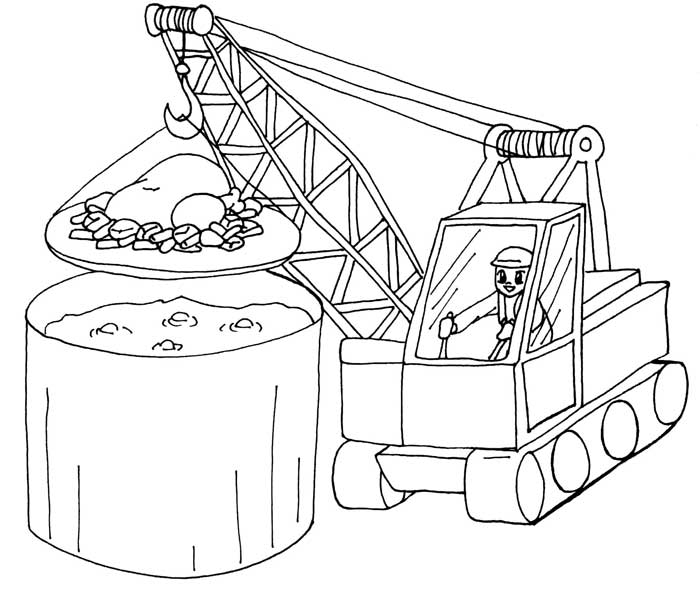
Lesson 20: How to Make Soup
While most culinary books begin with soups and broths, I believe that great soups are not made only by boiling ingredients together. Great soups are formed by first cooking your base ingredients and then building the flavors beyond this. Most people look at soups as a way to dispose of left overs, but
I view soups as a beautiful meal all by themselves.
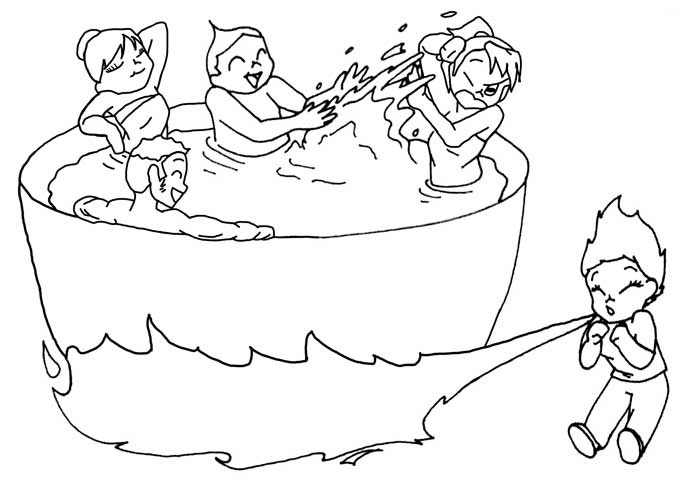
Lesson 21: How to Make Stews
Stews are very much like soups, except they have much less liquid in them. Th ink meat and vegetables swimming in gravy. Stews are extremely easy to make and are often a fantastic way to dispose of a left over roast. I, personally, use my left over pot roast in my beef stew. Originally, stews
were used as a hearty, filling way to cook low quality ingredients and turn them into something edible and delicious.

Lesson 22: How to Make Pasta Dishes
In my hometown of St. Louis, Missouri, pasta is a fundamental food staple. Until writing this book, it never occurred to me that other people outside of St. Louis may not know anything about pasta. So in this section, I am going to pretend that you are space alien who has never seen pasta before and teach you the fundamentals of pasta.
Part III
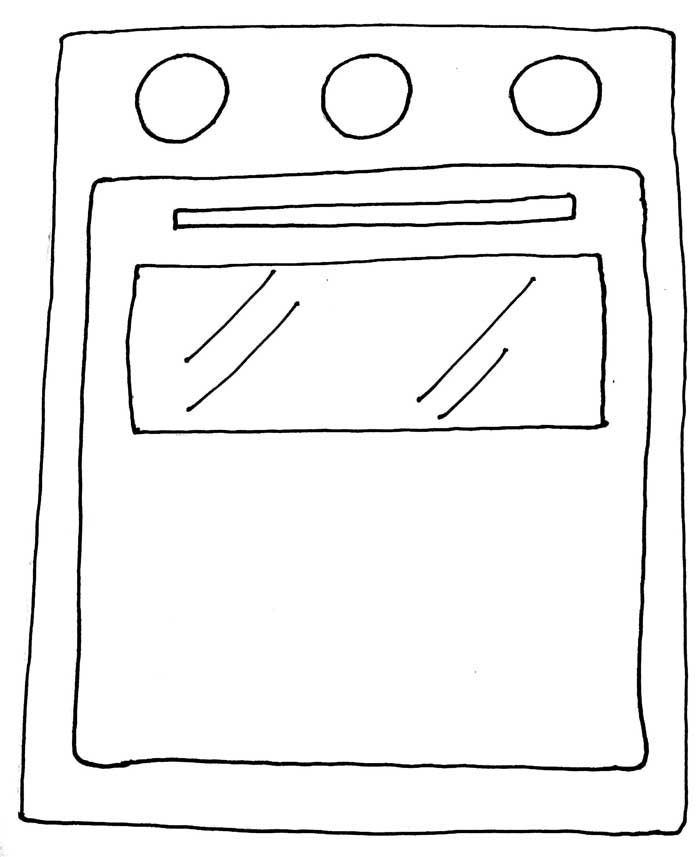
Lesson 23: How to Cook with an Oven
The oven is an indispensable resource when you are cooking. Ovens Allow you to bake, roast, braise, broil and even more!
Lesson 24: How to Bake
Baking is a form of cooking in which dry heat is used inside of a hot oven to indirectly cook a food. Baking must be done in a closed container so that the heat can surround the food that you are trying to cook. Most often, baking is associated with breads and pastries, but many everyday foods are baked as well.

Lesson 25: How to Roast
Roasting is a dry cooking technique in which large cuts or whole meats are cooked at 325 degrees Fahrenheit, in an oven or over an open flame. Roasting takes place for an extended period of time, usually several hours. Think about a whole turkey, a whole chicken, entire pork lion, or a rack of ribs. These all would be cooked for many hours to achieve the desired result. Typically, foods that are roasted are thick, like a whole turkey.
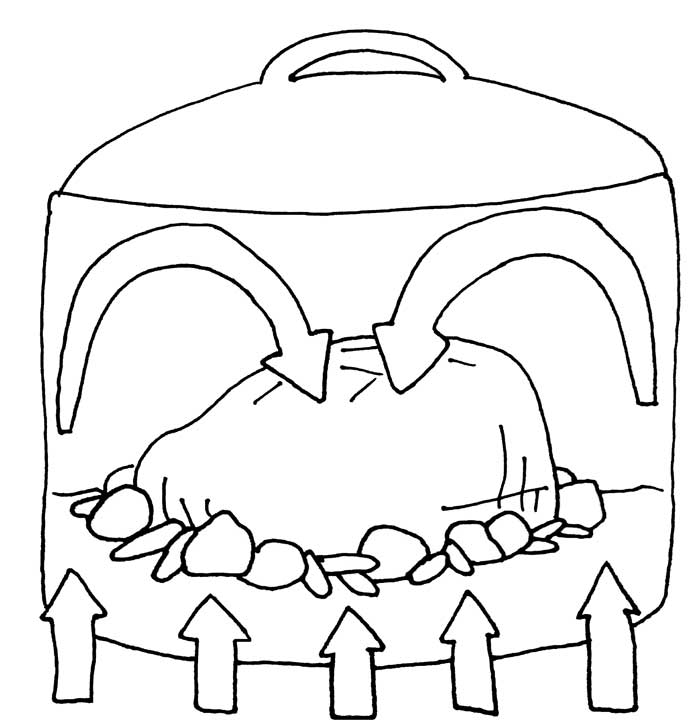
Lesson 26: How to Braise
Braising is a combination cooking technique. First, a food is lightly sautéed. It is then transferred to a new cooking container where it is placed in liquid. Th en a lid is added and it is finished in the oven. Commonly, a pot roast is considered a roast. But, in fact, a pot roast is actually a braise. This is due to the fact that roasting is a dry technique only.

Lesson 27: How to Use an Oven Broiler
Broiling is less of a cooking method and more of a piece of equipment. Your broiler is a heating element located on the inside of your oven, mounted to the roof. Th ink of your broiler like an upside down grill. It emits the same type of high heat that your grill does. But because the heat comes top-down instead of bottom-up, you can use your broiler to make bubbly, melty cheese quickly and easily. Broilers can also be used to add a bit of char to help finish off a piece of meat or to add external browning. A broiler is not an effective substitute for a grill and should be used as a supplemental or decorative heat source.